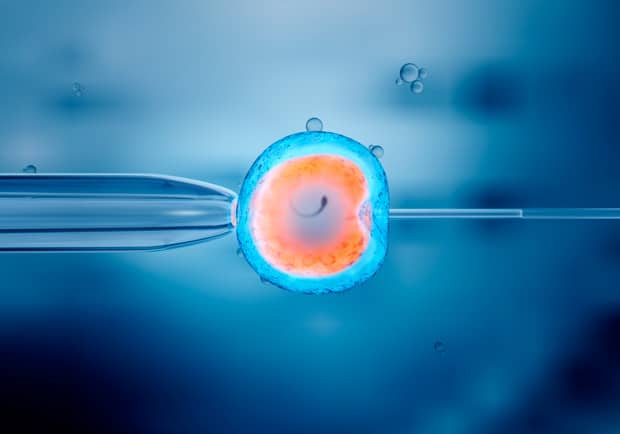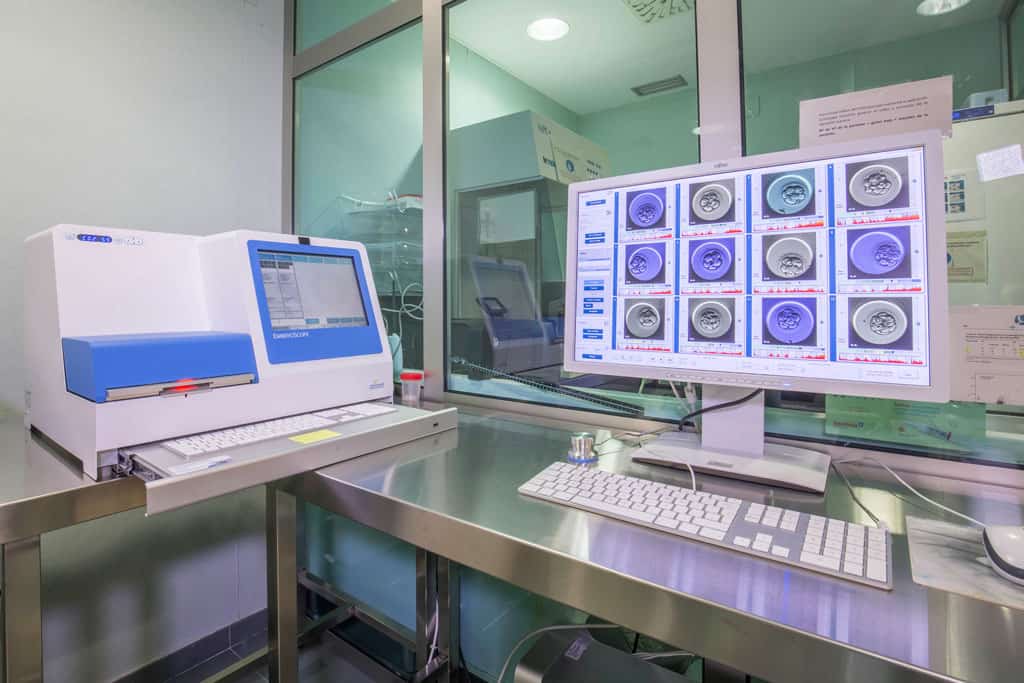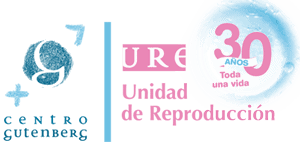In Vitro Fertilisation
What is In Vitro Fertilisation?
IVF involves retrieving eggs from a female’s ovaries to join them together with spermatozoids in the laboratory.
Once the eggs have been fertilised, a limited number of embryos will be transferred to the female’s uterus where they can continue to develop naturally. In some cases, In Vitro Fertilisation may require the use of donor sperm.
When is In Vitro Fertilisation indicated?
With sperm from the spouse or partner:
- Previous unsuccessful Artificial Insemination cycles.
- Unexplained infertility.
- Absence of or damaged fallopian tubes, or endometriosis.
- Low sperm count/low sperm motility.
- Ovulation disorders and/or immune issues.
- Advanced maternal age and the need to carry out Pre Implantation Genetic Diagnosis.
With donor sperm:
- Severe male factor infertility.
- Previous unsuccessful cycles using partner sperm.
- Single females.
- Same-sex female couples.
- Advanced maternal age and the need to carry out Pre Implantation Genetic Diagnosis.
In Vitro Fertilisation Procedure
A complete In Vitro Fertilisation treatment includes three difference phases. First is the ovarian stimulation, then the egg retrieval and embryo culture, and finally the embryo transfer and pregnancy test.
PHASE I: OVARIAN STIMULATION
IVF generally begins with hormone treatment to guarantee the development of several follicles. We need more than one egg to work in the laboratory and to obtain an acceptable number of embryos. This phase usually lasts between ten and twelve days depending on the protocol and the female’s response to treatment. The patient is monitored with ultrasound scans and hormone testing.

PHASE II: EGG RETRIEVAL AND EMBRYO CULTURE
Once there are an appropriate number of follicles which have reached the ideal size, we will schedule the egg collection to retrieve the eggs from the female’s ovaries. This procedure is performed in the operating theatre under sedation and ultrasound guidance. It lasts approximately 15 minutes and the patient can go home about 3 hours later.
The sperm sample is processed in order to select the best spermatozoids. The eggs are inseminated by Classic IVF or sperm microinjection (ICSI), which involves injecting one spermatozoid into the cytoplasm of a mature egg. The next day we will be able to determine the number of fertilised eggs, or pre embryos. The embryos will remain in conventional or EmbryoScope incubators for three to five days.

PHASE III: EMBRYO TRANSFER AND PREGNANCY TEST
The embryo transfer involves placing the best embryos inside the uterine cavity. It is a painless, outpatient procedure that does not require sedation or hospitalisation. It is carried out in the operating theatre and lasts about ten minutes. Following the procedure the patient will continue taking hormone treatment to favour the viability of a possible pregnancy.
In the event that the patient has additional, good quality embryos, they will be vitrified (frozen), and transferred in a future cycle without needing to undergo another ovarian stimulation and egg retrieval process. The pregnancy test can be performed 16 days after the egg retrieval has taken place.
Clinical Results 2022
Our excellent results are the best letter of introduction to any patient.
That is why we collaborate with the registry of the Spanish Fertility Society, and each year we send the results of all our assisted reproduction techniques.
IVF-ICSI | Own Eggs
PREGNANCY RATE PER TRANSFER (comparison with SEF data)More info
Complete the form or call us at (+34) 952 122 565.


